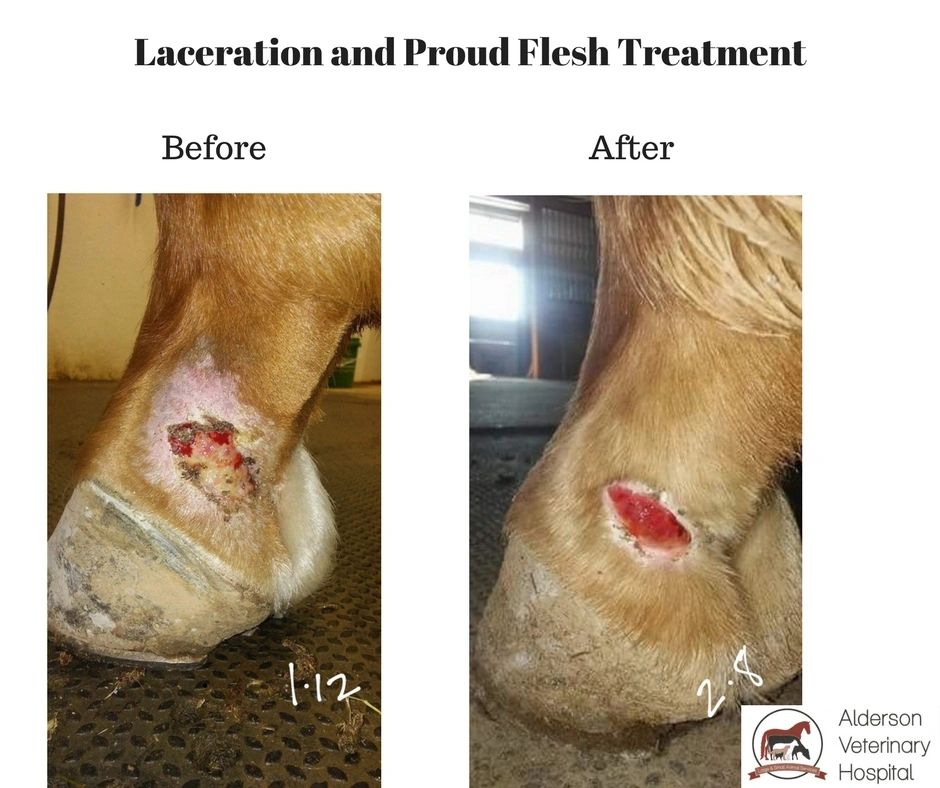Why Equine Therapy is Ending Up Being a Preferred Option for Emotional Health
Why Equine Therapy is Ending Up Being a Preferred Option for Emotional Health
Blog Article
Assessing the Efficiency of Laser Therapy in Equine Treatment for Injury Rehabilitation
The examination of laser therapy's efficiency in equine injury rehab hinges on several factors, consisting of recovery time, discomfort reduction, and tissue regrowth. Vets often observe premium end results with laser therapy contrasted to traditional methods, placing it as a crucial element in equine care.
Understanding Laser Therapy
Laser treatment has actually ended up being a pivotal device in veterinary medication, especially in the treatment of equine problems. Known for its non-invasive nature and efficiency, laser therapy includes the application of specific wavelengths of light to stimulate tissue repair work and decrease swelling. This healing technique is significantly favored for its capability to accelerate the recovery procedure in horses struggling with a variety of musculoskeletal injuries and chronic conditions.
The key mechanism behind laser treatment is its capability to boost mobile features. In addition, laser treatment advertises vasodilation, enhancing blood flow and oxygen distribution to broken cells, hence quickening healing.
In equine medication, laser therapy is specifically beneficial for problems such as tendonitis, osteo arthritis, and injury recovery. The technique is admired for its pain-relieving residential or commercial properties, enabling equines to reclaim movement and feature a lot more swiftly. Vets also appreciate its very little side effects compared to other treatment modalities, making it a dependable and risk-free alternative for equine care.

How Laser Therapy Works

Upon absorption, these photons trigger a collection of biochemical modifications, enhancing mitochondrial function and bring about raised adenosine triphosphate (ATP) production. This increase in ATP speeds up mobile metabolic rate, advertising cells repair work and regrowth. In addition, laser therapy modulates inflammatory feedbacks by influencing cytokine levels and minimizing oxidative tension, thereby alleviating discomfort and swelling.
Another considerable element of laser treatment is its function in improving microcirculation. The treatment promotes vasodilation, boosting blood flow and oxygen shipment to broken tissues (Equine Therapy). This promotes the removal of cellular particles and supports the proliferation of fibroblasts and collagen synthesis, crucial for wound recovery
Professional Proof
The effectiveness of laser treatment in equine treatment has been validated with numerous medical studies, showcasing its restorative possible across a variety of conditions. Several controlled trials and empirical researches have documented substantial improvements in tissue repair service, discomfort decrease, and general recovery timelines. For instance, a research study carried out by Turner et al. (2012) showed that horses treated with low-level laser therapy (LLLT) for tendon injuries showed increased healing compared to those getting standard treatments. The research highlighted a marked reduction in swelling and improved collagen development.
Likewise, study by Johnson and coworkers (2015) concentrated on equine muscle mass injuries, disclosing that laser therapy dramatically quickened muscle mass fiber regrowth and lowered muscle mass stiffness. These searchings for were supported by histological analyses showing better muscle cells organization. Clinical evaluations have actually revealed that laser therapy can minimize chronic conditions such as osteoarthritis. A research by Smith et al. (2018) reported that equines with osteoarthritic joints experienced remarkable discomfort alleviation and raised series of motion complying with a routine of laser treatment sessions.
Veterinarian Insights

Vets likewise appreciate the convenience of laser therapy. It can be utilized for a vast array of problems, from superficial wounds to deeper bone and joint injuries. Dr. Emily Brown highlights its energy in treating problems like tendonitis and osteoarthritis, where traditional therapies usually fail. She directs out that laser treatment can be customized to the certain needs of each equine, making certain optimum end results.
Additionally, vets value the capability to integrate laser treatment with various other therapy modalities. This multimodal method can enhance total therapy efficacy, supplying an extensive remedy for equine rehab. Such endorsements from skilled experts underscore the growing acceptance and application of laser treatment in equine medication.
Practical Factors To Consider
A crucial aspect of executing laser therapy in equine treatment entails understanding the useful factors to consider that ensure its efficiency and Read Full Article safety. It is important to select the suitable laser gadget, as various types vary in wavelength, power, and penetration deepness. Veterinarians must be skilled in these criteria to customize therapy methods effectively to every injury kind
Additionally, the regularity and duration of laser treatment sessions need mindful preparation to make best use of healing advantages while lessening any potential adverse results. Consistent monitoring of the horse's action to therapy can assist essential adjustments in the therapy regimen. Establishing a risk-free and regulated atmosphere during treatments is also important to protect against unintended exposure to laser discharges, which might damage both the equine and the handler.
Educating and accreditation of personnel carrying out laser treatment are vital to guarantee correct method and to copyright safety and security standards. Additionally, maintaining exact documents of each session, consisting of laser setups and observed end results, is crucial for evaluating the total effectiveness of the treatment and for making data-driven decisions.
Final Thought
Laser treatment has arised as a reliable modality in equine injury rehabilitation, offering significant benefits in healing time, discomfort relief, and tissue healing. For optimal outcomes, continual monitoring and individualized treatment methods remain important in leveraging the complete possibility of laser therapy in equine care.
Report this page